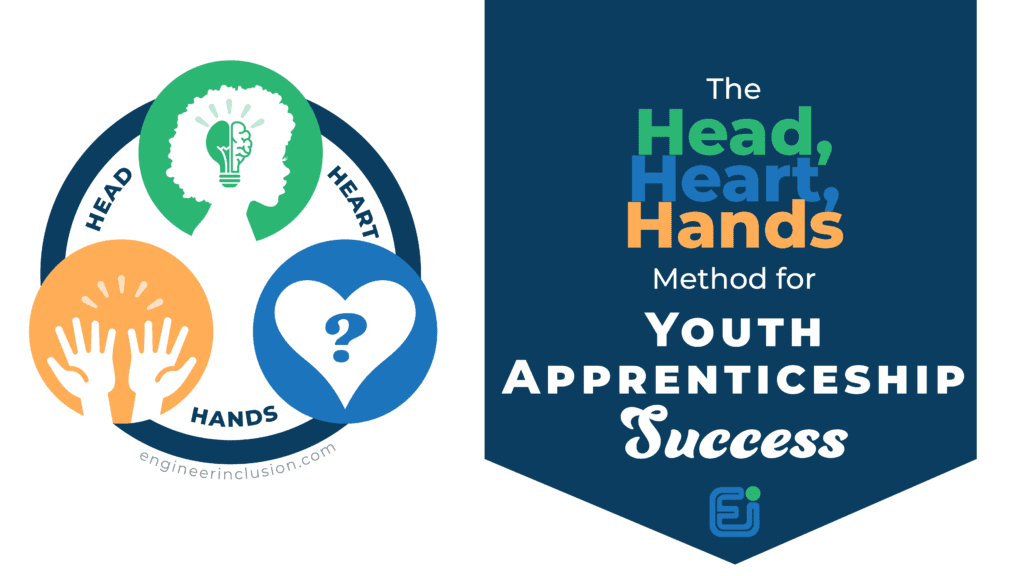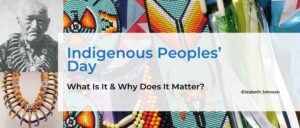Dr. Tershia Pinder-Grover and I are part of the American Society for Engineering Education Mindset Taskforce and working on a chapter for a forthcoming national report funded by the National Science Foundation. The report aims to offer discrete recommendations for improving engineering education, which is the product of ~140 stakeholder contributions.
To help us strengthen our chapter, we seek explicit examples of engineering, engineering technology, or related educators who are employing the five key steps we’ve identified (described below) to create welcoming engineering education environments designed for everyone’s success.
We need your input by August 1, 2023!
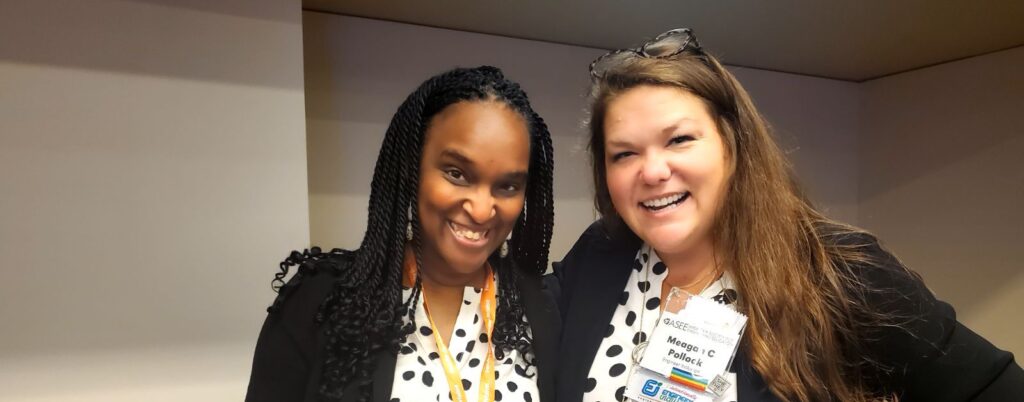
Brief Introduction to Our Chapter
Historic and contemporary harm systematically marginalizes and excludes people from engineering, creating systems of advantage and disadvantage that privilege and oppress. We must collectively acknowledge and address these systems by removing barriers and adding supports to create a more equitable and inclusive engineering education. This effort is an inclusive mindset in practice. When we do this, we can create welcoming environments, or structural belonging, where people feel valued, included, encouraged, and affirmed.
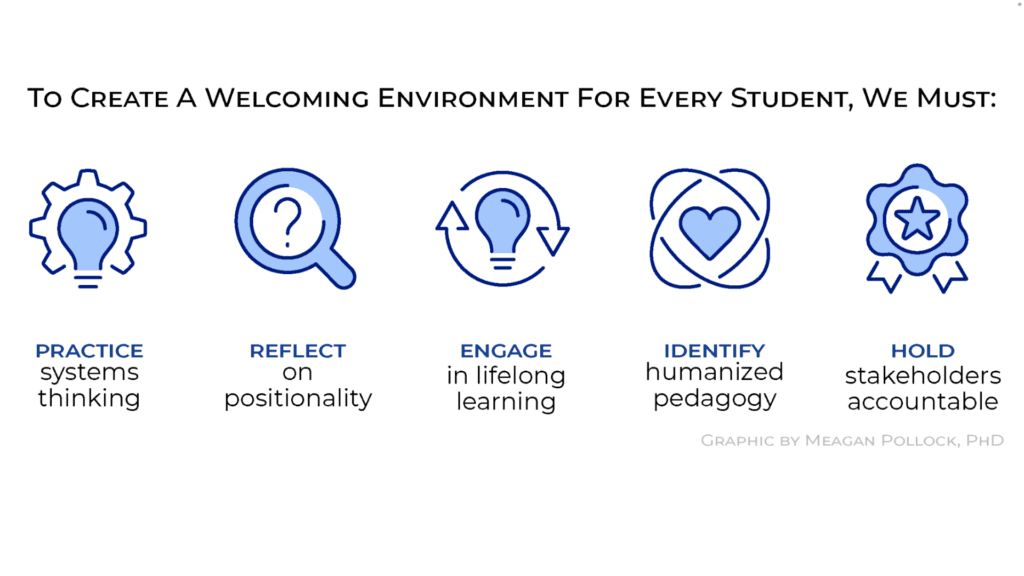
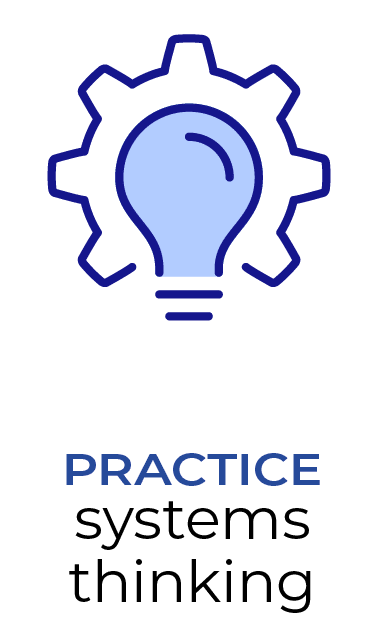
STEP 1: Practice Systems Thinking
To create welcoming environments, we must understand, identify, and address the ways in which systems create inequities through the systematic oppression of traditionally marginalized and excluded groups. One way to develop systems thinking is the “Interlocking 4-I Model.” The model shows the relationship and interaction of three external levels of privilege and oppression (ideological, interpersonal, institutional) that interact to directly influence a fourth level of internalized privilege and oppression. To facilitate systemic change for an engineering education that serves every student, we must address oppression at all four levels, and we can’t address it if we don’t acknowledge it and learn to see it.
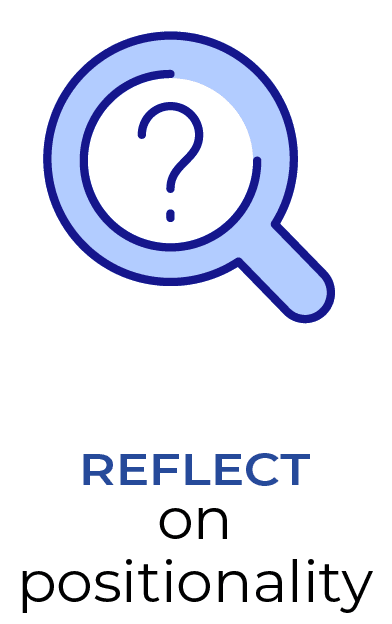
STEP 2: Reflect on Positionality
To create welcoming environments, we must regularly reflect on how social and political contexts create our identities. This is positionality, which influences and biases our perception of and outlook on the world. Systems are designed by people and upheld by people, thus, without the skill and practice of positionality, we may be participating in and perpetuating systems that harm. The ongoing exercise of self-awareness in relation to positionality helps to reduce the ways in which we are complicit in power structures and systems of oppression. This awareness works in tandem to support the practice of systems thinking.
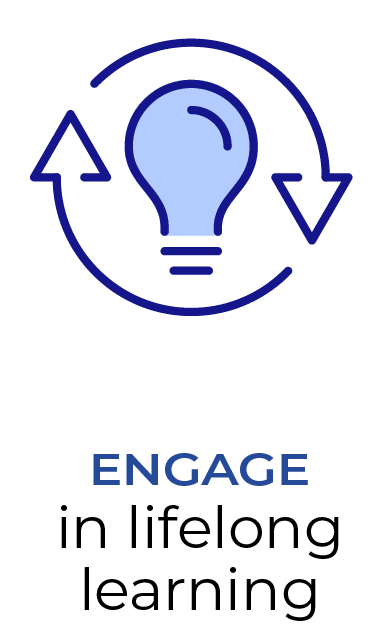
STEP 3: Engage in Lifelong Learning
Designing welcoming learning environments that foster structural belonging and equitable outcomes for all students requires a commitment for educators to continuously learn about best practices for inclusive and equitable teaching, as well as, examine student data to better interpret how institutional structures impact educational outcomes. Gaining these insights is just the first step, toward an educator’s learning. While reviewing institutional data, educators must critically reflect on their practices and policies and refrain from attributing inequitable outcomes due to the inherent abilities of particular groups of students. Educators should pair this questioning of the structural challenges that exist for students while learning about evidence-based practices for inclusive and equitable teaching that supports course and curricular design. As educators apply their learning to their particular teaching contexts, they must continue to revise and refine their strategies, policies, and mindsets. Creating welcoming educational spaces both inside and outside of the classroom that are designed with equitable and inclusive teaching practices in mind requires continual professional development for engineering and engineering technology faculty and staff.

STEP 4: Identify Humanized Pedagogy
A welcoming engineering environment prioritizes humanity over everything else. This is a major shift in mindset away from standard engineering values of process, order, efficiency, and earnings. Humanized pedagogy is the planning and enactment of pedagogical practices that are aligned with learner experiences and perspectives. It honors, values, and represents multiple ways of knowing, doing, and being, incorporating funds of knowledge from traditionally marginalized and excluded populations. For engineering to be welcoming and inclusive to every student, the formal curriculum as well as the implicit (hidden) cultural curriculum must be anti-racist, and anti-misogynist.

STEP 5: Hold Stakeholders Accountable
Faculty, staff, and administrators play central roles in the development of the next generation of engineers, and the approaches, mindset, and culture that they both practice and establish in the curriculum have direct impacts on preparing students to be future engineers. Instituting accountability measures in the way all of these stakeholders (i.e., faculty, staff, and administrators) are evaluated and rewarded incentivizes the continued commitment to addressing inequities that detrimentally impact the learning environment. To support this cultural shift, institutions should consider how to best incentivize lifelong learning that reflects recommendations in the literature regarding professional development. In other words, providing choice, relevant content, and expert facilitators to name a few.
Ready to share your story?
To contribute your story to help us improve our chapter on welcoming environments for the new mindset for engineering education report, you will first select which of the five steps you’d like to contribute an example or case study. Then, you’ll be guided through a series of prompts to break down your response to four parts.
- Describe the setting of your example. Here you can tell us any details about institution, department, team, or setting that is relevant to your example.
- Describe how the step was or is employed or implemented. Essentially, what does it look like in practice? You know, tell us what you did and who was involved.
- How has the engineering education learning environment improved as a result? When we say learning environment, this can mean the classroom, department, school, lab, building — wherever learning happens!
- Share any specific examples that highlight how students or other stakeholders benefit. If you have data, you can share that with us, too!
To gather your responses, you can simply use video or audio (right from your browser!) or type your response. The recordings have a limit of 5 minutes each. If you prefer a standard text-based form without video or audio options, you can submit your story here.
Please — Don’t worry about making it perfect… we know sometimes it’s easier to share what you’ve done than write it up. You decide what’s best for you!





